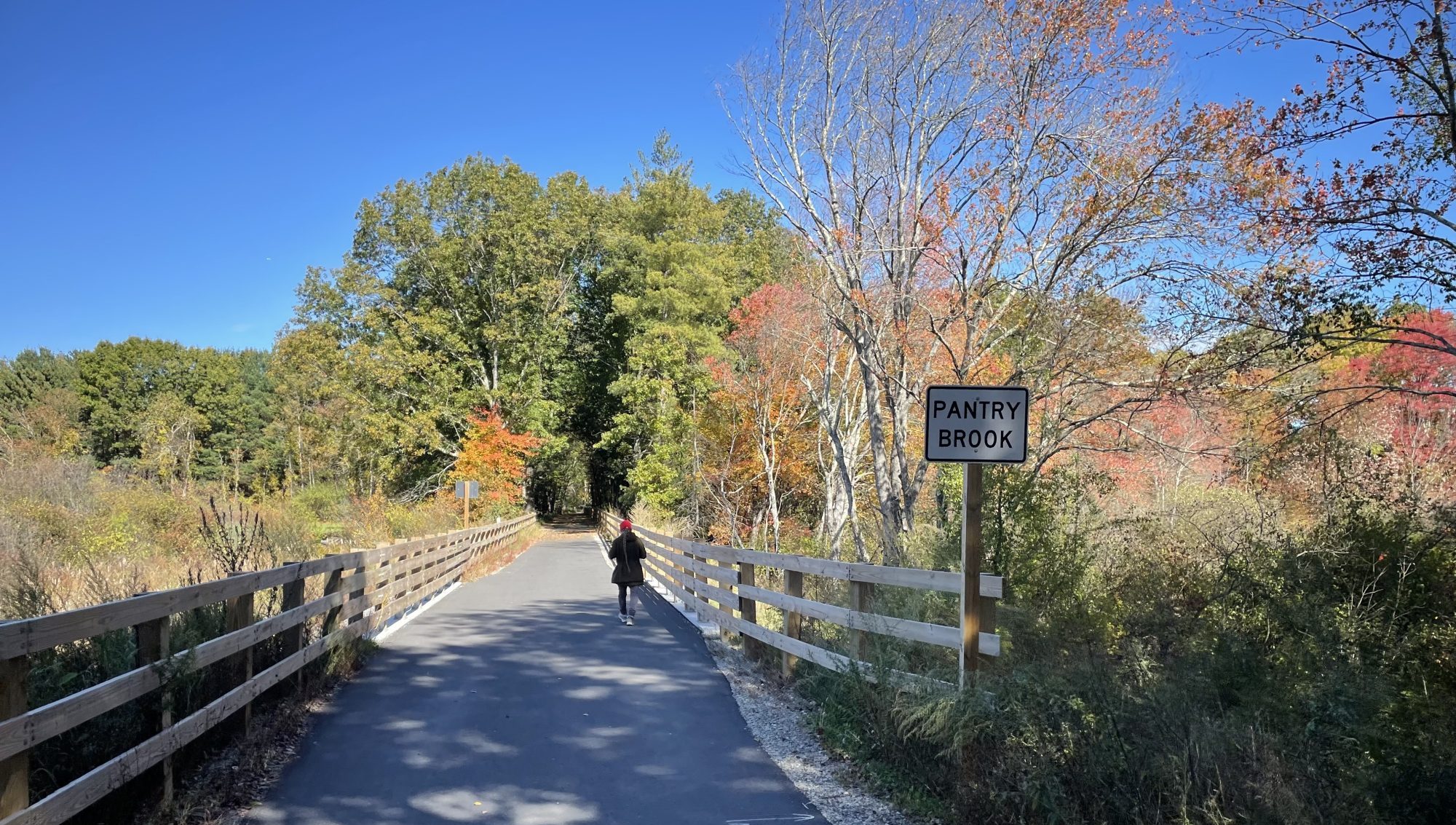Roughly one in nine bridge crossings in Massachusetts occurs on a bridge where engineers have found serious problems with weight-bearing structural elements that need repair or replacement, according to a new analysis by MassBudget.
In MassDOT's comprehensive bridge inventory, out of 7,880 bridges in the Commonwealth, 644 bridges have been classified as "structurally deficient," a federally-defined term that indicates a bridge whose structure has serious repair needs.
An additional 218 bridges have been listed with an "unknown" condition.
View a map of the Commonwealth's structurally deficient bridges here.
The 644 structurally deficient bridges represent about 8 percent of the state's bridge inventory. But MassBudget's analysis notes that those bridges also "tend to be larger and carry more traffic." By cross-referencing the state's traffic count data, MassBudget estimates that "out of the nearly 127 million average daily bridge crossings in Massachusetts, 14.3 million daily crossings occur across bridges that are structurally deficient."
Though they have serious repair needs, these bridges are also inspected on a regular basis, and state engineers regularly close or restrict traffic on bridges to avoid the risk of a collapse.
However, bridge postings create other safety issues: because bridge postings typically apply to heavy trucks, structurally deficient bridges can force truck traffic into longer routes, with increased pollution, congestion, and risk of crashes.
The MassBudget report echoes findings from the MassDOT Performance and Asset Management Advisory Council, which, in a 2020 report to the Legislature, warned that "Massachusetts is 4th worst in the nation for the percentage of poor bridges (by area)" and that "the inability to program sufficient bridge projects and limited funding for bridge preservation are inhibiting meaningful progress toward condition targets to address the current backlog and stem further deterioration."
In the Boston area, more than a dozen "structurally deficient" bridges are clustered along the length of the Massachusetts Turnpike, on city streets that run above the interstate.
There are also numerous deficient bridges on the "parkways" managed by the Department of Conservation and Recreation (DCR), including six deficient bridges in the Bowker Overpass interchange between Storrow Drive and the Fenway.
Many of these bridges weren't MassDOT's responsibility until a 2009 transportation reform bill eliminated the Massachusetts Turnpike Authority and transferred dozens of aging DCR-controlled bridges to MassDOT.
That transfer was supposed to improve maintenance and facilitate repair work by consolidating bridge ownership under a larger, better-funded agency.
But in some cases, the transfer seems to have created gray areas of responsibility where different agencies neglect acute maintenance needs.
Last fall, after Boston University professor David Jones of Milton died on a staircase next to the JFK/UMass Red Line station, public records indicate that officials from the MBTA, DCR, and MassDOT were all scrambling to determine which of their agencies should have actually been responsible for fixing the crumbling staircase.






